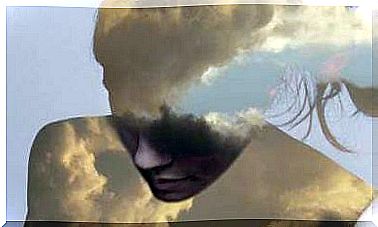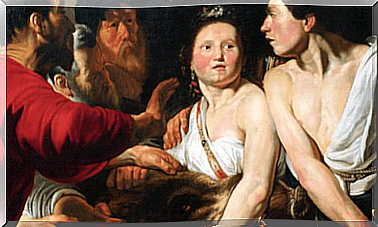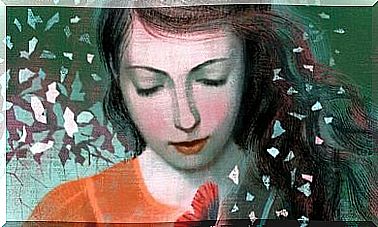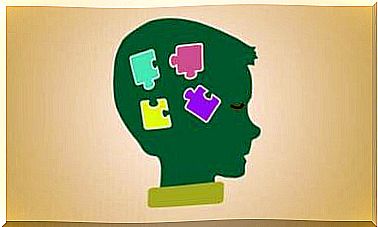Pema Chodron, Living With Chaos
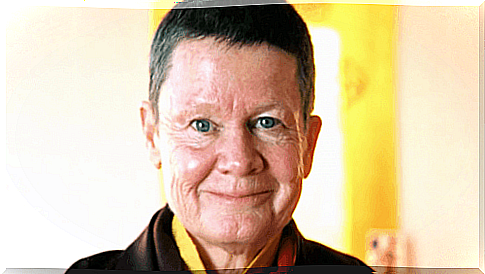
Pema Chodron’s advice teaches us that while it is difficult to accept, life is more like a swift and turbulent river than the placid lake of our imagination. Sometimes we cling tightly to the rocks we find on the shore for fear of entering its rushing waters. And it is precisely this fear that prevents us from feeling completely alive.
According to Pema Chodron, a Buddhist teacher and author of numerous essays, there are three keys to learning how to enter the turbulent river of life and live with chaos, uncertainty and change. It defines the three commitments or vows. They are a good guide to remain fully and courageously present in a world that at times seems to want to drown us.
That rudder called certainty
How much we love certainties, don’t we? We live in a reality in which everything changes constantly, little or nothing remains, everything is in motion. Thus, at times we strongly cling to the utopia of a safe, predictable and controllable life.

Uncertainty, on the other hand, is capable of generating terrible anxiety. We get stuck in the idea of not being able to overcome obstacles, prisoners of our thoughts and fears. The chaos that develops from life can be summed up in three simple concepts:
- Uncertainty : not understanding what is happening to us.
- Unpredictability : not knowing what will happen tomorrow.
- Complexity : everything is interconnected.
Faced with chaos
Many of the problems that make us suffer arise from our tendency to want to feel stable ground under our feet and to cling to the illusion of constant well-being. We often resist change because it takes this ground from under our feet and, therefore, deprives us of the mirage of security.
This resistance to change leads us to suffer, it robs us of the freedom to awaken and discover our true nature. What happens when, instead of getting lost in ambiguity and uncertainty, we accept change as an inevitable fact and relax?
What happens when we stop resisting change? What if we decide to sit down and enjoy the ride?
Pema Chodron and the three commitments
The teachings of Tibetan Buddhism given by Pema Chodron are expressed in the form of vows or commitments to be made with ourselves. They are simple instructions that help embrace the chaotic, dynamic, stimulating and changing nature of life. These are the three commitments:
- Pratimoksha vow. Make a commitment to do everything possible not to cause pain with our actions, words or thoughts. It includes a set of rules that help to work with thought and emotions, refraining from speaking or acting in a chaotic way. It is the basis of personal liberation.
- Bodhisattva vow. Make a commitment to dedicate yourself to keeping your heart and mind open ; to develop compassion out of a desire to alleviate suffering in the world.
- Samaya. Be determined to embrace the world as it is, without prejudice. Strive to see everything we encounter – good, bad, pleasant or painful – as manifestations of an awakened energy. Seeing everything as a means to awaken more and more.
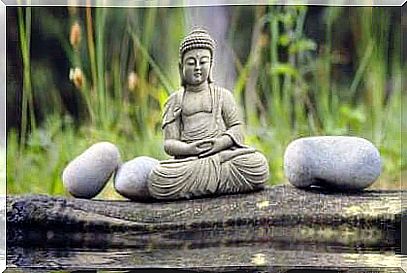
Managing chaos according to Pema Chodron
Pema Chodron’s three teachings are actually tools that help us manage chaos, the unpredictable side of life. They teach us to face uncertainty, change. They help us acquire the skills to overcome the challenges that life has in store for us.
Managing chaos, learning to transform our mind as changes occur, is possible. And it is possible to learn to improvise, counting on the fact that we have all the colors in our palette.
We can overcome uncertainty by accepting it rather than fighting it. Once these barriers are overcome, we will enjoy a much more beautiful view of life, the view of what it really is: an endless adventure.


